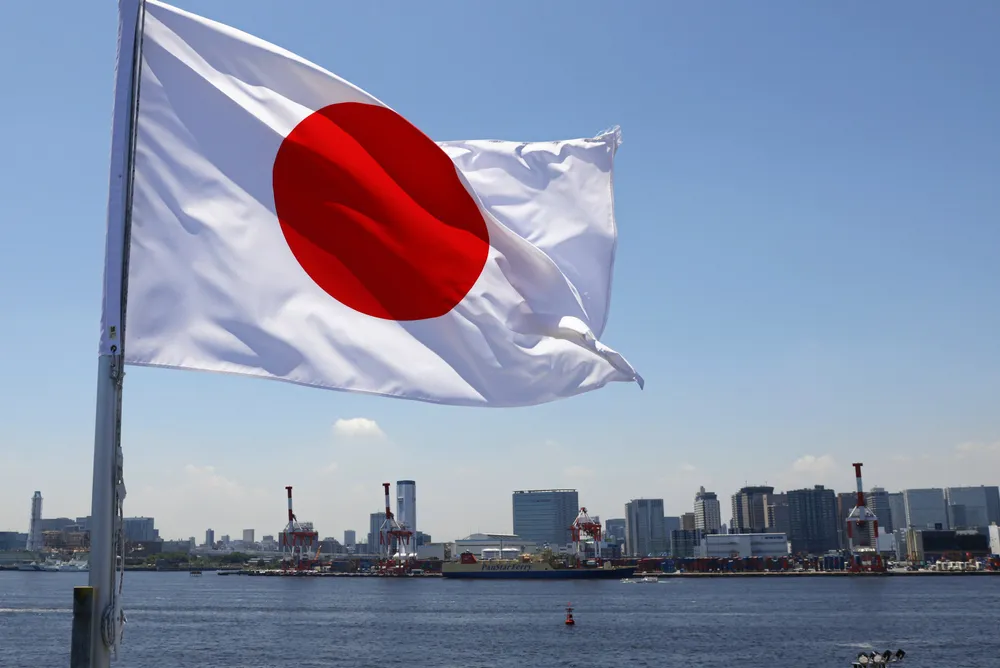Japan would be better off focusing on domestic renewables than hydrogen imports: BNEF
Research firm says nation should prioritise solar, wind, geothermal and EVs, rather than 'costly unproven approaches' such as co-firing ammonia in coal power plants
